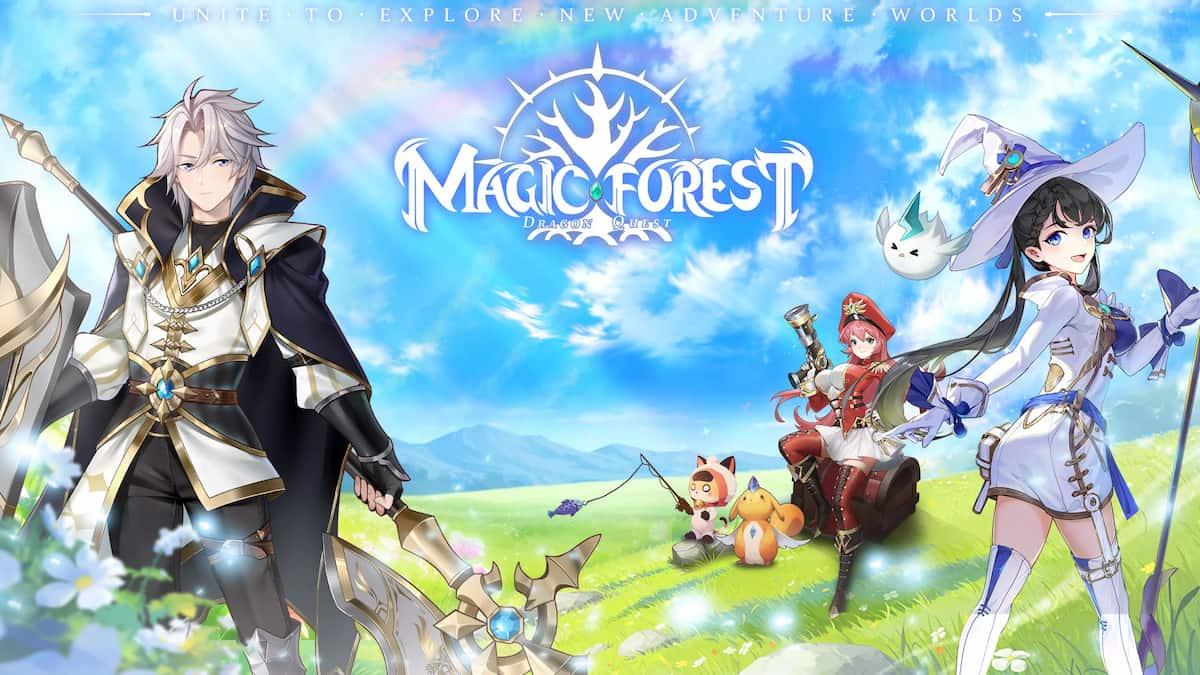Over time, Avatar: Frontiers of Pandora‘s Hunter’s Guide will hold a cornucopia of information about the wildlife, fauna, and materials across Pandora. It can be a lot to navigate, so here’s a rundown on how the Hunter’s Guide works in Avatar: Frontiers of Pandora.
How the Hunter’s Guide Works in Avatar: Frontiers of Pandora
The Hunter’s Guide contains all the crucial information about the game world in Avatar: Frontiers of Pandora, from gatherable fruits to the odd plants that can attack you. By interacting with Pandora’s wildlife or using your Na’vi senses to analyze vegetation, knowledge will flow into the Hunter’s Guide to serve as a reference point for you later while gathering or hunting.
Think of it as an ever-changing encyclopedia of the wonders in Pandora. Beyond this primary appeal, the Hunter’s Guide also has useful functionality. For instance, you can pin up to three items in the Hunter’s Guide, allowing you to locate these items a tad easier with your Na’vi senses.
In addition, the Hunter’s Guide will provide hints as to where to find items and wildlife regularly. Some excerpts even describe which biomes in the game will have higher-quality versions of an item to craft better equipment or cook meals with stronger buffs. It’s a nifty tool you’ll see yourself using more often the further you get into Avatar: Frontiers of Pandora as you complete side quests and get into making things with materials.
Related: Frontiers of Pandora Has Avatar’s Thrills, But Suffers as an Open World Game [Review]
How to Use Na’vi Senses in Avatar: Frontiers of Pandora
You’ll often use the Na’vi senses in Avatar: Frontiers of Pandora to find items and locate quest objectives. This ability is locked initially, but unlocks during a very early story mission. By holding a button (default R1/RB) — or changing this input to a toggle from the in-game settings — your Na’vi senses will show different colored effects you can examine or follow.
When active, you can inspect an object (default L2/LT) to gather extra information and add it to the Hunter’s Guide. Any crafting or cooking connoisseur will want to do this to learn what time of day and weather conditions lead to gathering the best quality materials.
Outside of this, Na’vi senses allow you to see weak spots on animals in the wild and attack machines used by the RDA. Only by inspecting will you be able to discern where those spots are, and I’d strongly encourage you to do so. With the proper knowledge, you’ll know where to hit an animal to get a clean kill and receive higher-quality materials for the effort.
Na’vi senses and the Hunter’s Guide complement each other as systems, so make sure to use them often to help you against the dangers in Avatar: Frontiers of Pandora.





Published: Dec 6, 2023 08:49 pm